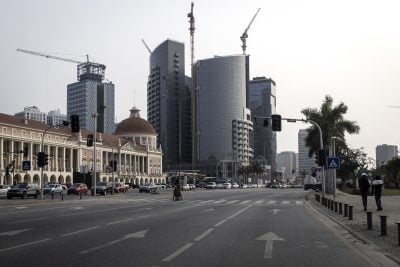Top and bottom
What will be the relative performance of African countries in the face of rising expectations of wealth and wellbeing? Will the growing numbers of young work-hungry Africans prove to be a demographic opportunity, or a demographic time bomb?
The rankings of the 38 African countries included in the Legatum Africa Prosperity Report give some indication of how individual economies are placed to meet the challenges.
In these rankings the prosperity of today is an important guide to the ability of a country to cope with high expectations among young people, because they include scores based on people’s expectations of future wealth and their views on how effectively governments are responding to the demand for better governance, more opportunity, improved education and healthcare, and improved overall quality of life.
According to the report, Botswana is rated the most prosperous country of all in Africa, and Chad the least prosperous. In the top 10 most prosperous countries in all of Africa, there are seven sub-Saharan entrants – along with Botswana they are South Africa, Namibia, Ghana, Senegal, Rwanda and Zambia. They do not score well on every category, but on entrepreneurship and opportunity, education, health, and governance they are mostly in the top 10 or close to it (the one exception is Zambia’s rather poor position in the health league).
At the bottom of the rankings, by far the worst performers are three central African neighbours, the Democratic Republic of Congo, the Central African Republic, and Chad.
Health, education and economic opportunity are the very areas that are likely to determine whether a country is part of the upbeat story of Africa, or part of the downbeat version. Health, education and opportunity are what young and ambitious populations are likely to demand, and the countries that can meet those demands are likely to be the countries that make the best use of their youthful populations.
The countries that cannot or will not offer these opportunities are also the countries that are likely to find that a young demographic can also be a threat to stability. And unless those countries grasp the need for change, and find the means of achieving it, their future is very bleak – even as the rest of Africa just gets richer and happier.
Want to continue reading? Subscribe today.
You've read all your free articles for this month! Subscribe now to enjoy full access to our content.
Digital Monthly
£8.00 / month
Receive full unlimited access to our articles, opinions, podcasts and more.
Digital Yearly
£70.00 / year
Our best value offer - save £26 and gain access to all of our digital content for an entire year!
 Sign in with Google
Sign in with Google 


